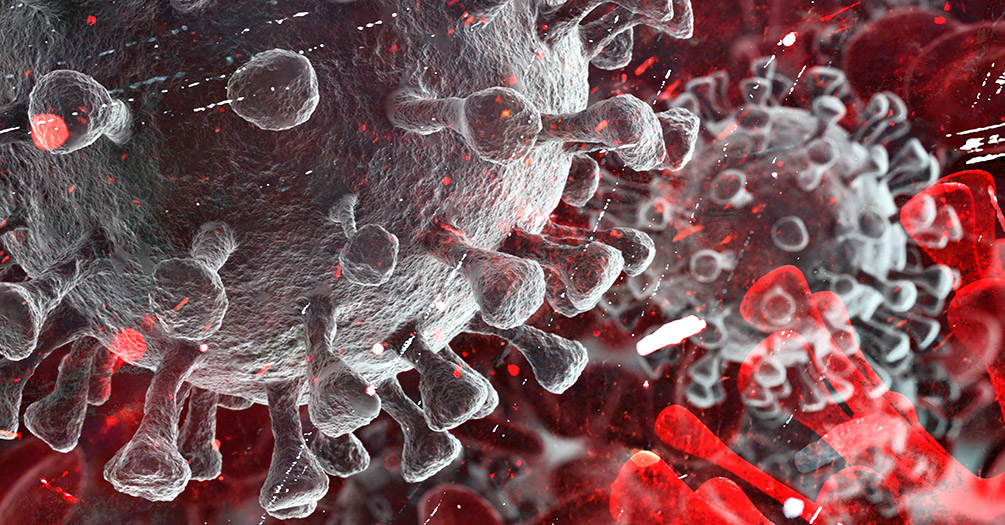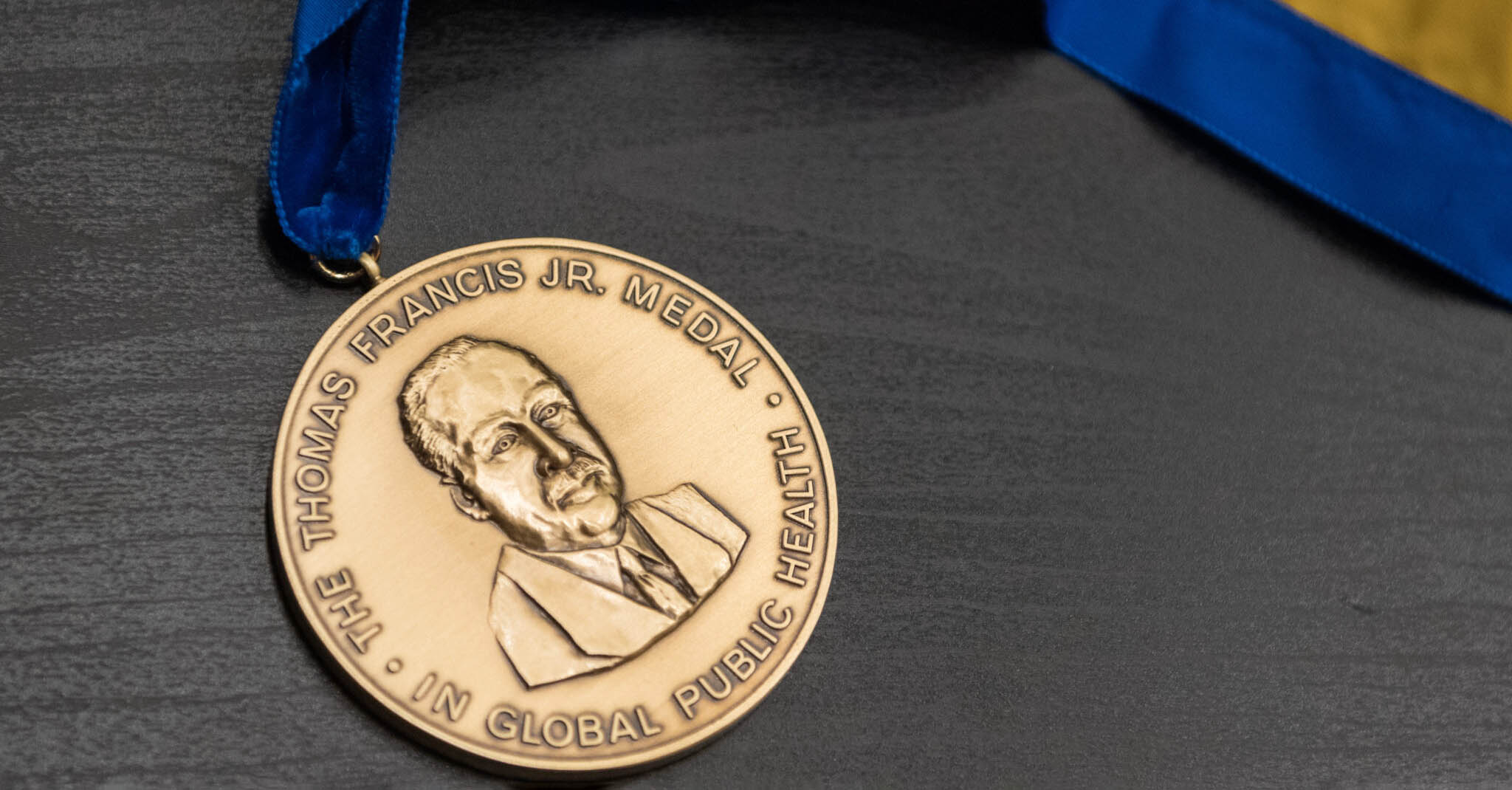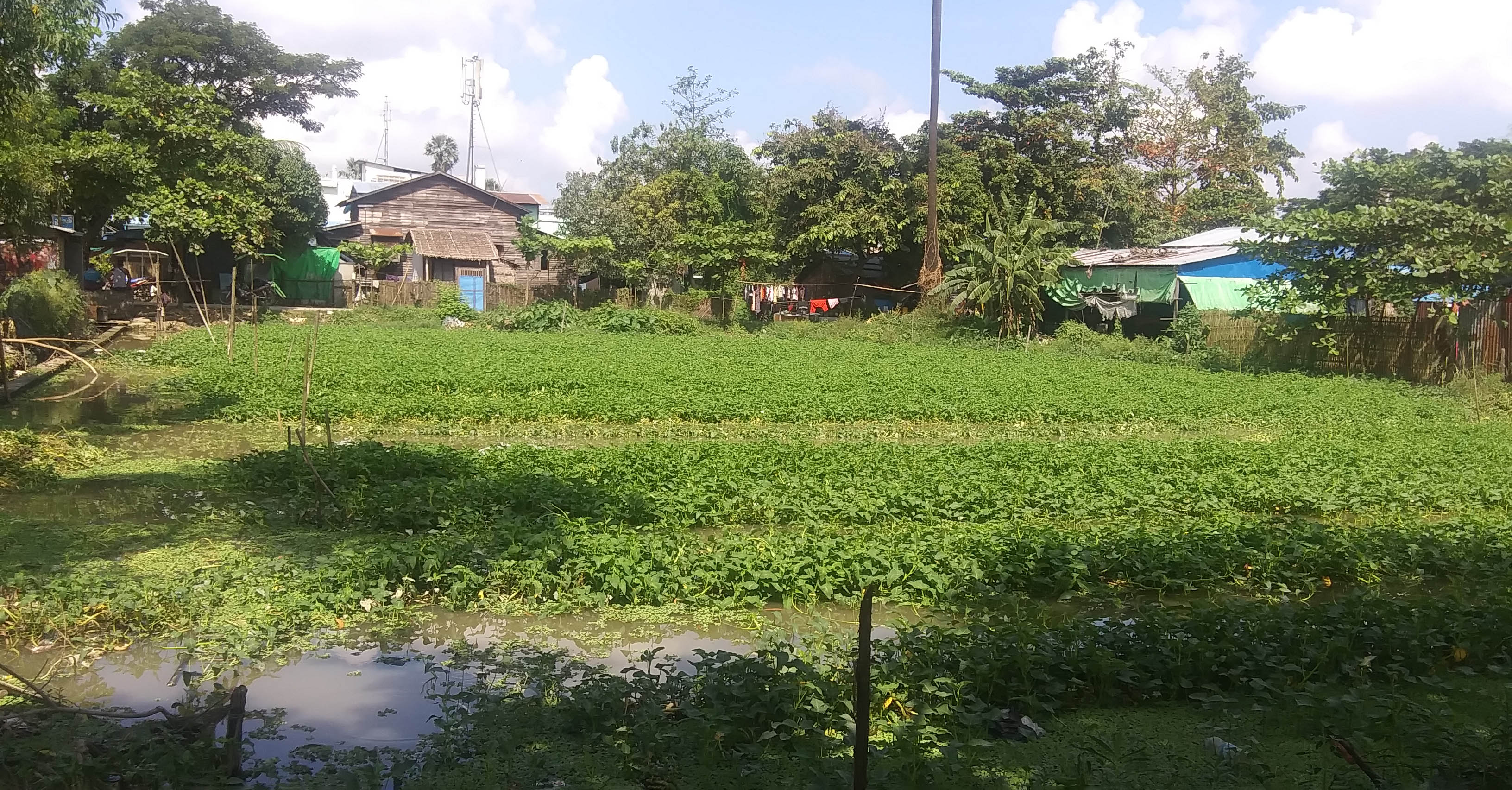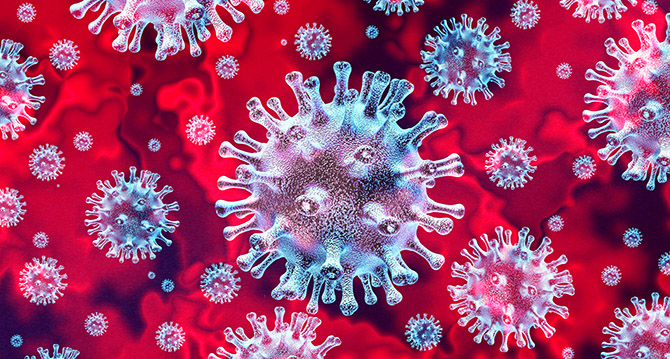
Am I fully vaccinated for polio? How to check your Michigan immunization record
Matthew Boulton featured in Detroit Free Press
Matthew Boulton, Senior Associate Dean for Global Public Health, was quoted in Detroit Free Press. He stated it is important for the public to be updated with their polio vaccines.




